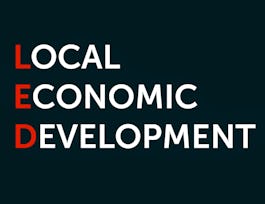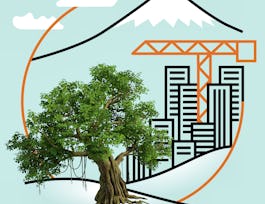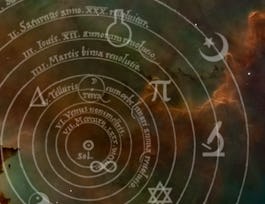Did you know that Arabic was for centuries the lingua franca in an area stretching from the south of Spain to the Chinese border? Did you know that the Middle East under Muslim rule in those days was the world’s beating heart of trade, but also of science and scholarship?
Did you know that Islam in its formative period was heavily influenced by existing cultures in the region, like Indian, Greek, Persian and Byzantine culture? Did you know that for many centuries after the establishment of the Muslim Empire the majority of the population remained largely Christian and Jewish? Did you know that they held a protected status in Islamic law? Did you know that this generally open-minded, curious and open society stimulated many great innovations and inventions? Did you know that European scholarship in the Renaissance leaned heavily on the texts and inventions from the Middle East which were the outcome of this sophisticated advanced society? In this course we will focus on the fascinating history of the Arabic Medieval World. We will take you on a journey through the Middle Ages starting off in eighth-century Baghdad. Along the old pilgrim trails we will go to places like Mecca, Jerusalem and Najaf. We will show you the impressive markets of places like Cairo and Samarkand. However we will not hide the dark sides of society either, by introducing you to the flourishing widespread slave trade. We will visit the Abbasid court, the Harem of the caliph, and the palace of the Mamluk Sultan. We will show you some beautiful medieval manuscripts, that live on as the silent witnesses of the impressive achievements of scientists and medical doctors of this forgotten era. All along we will present you with historiographical debates and dilemma’s. Reflecting on the way we look at and interpret history. And while taking you on this journey, we will travel back and forth in time explaining to you how events of the past affected and shaped the world as we know it today. Welcome to the Cosmopolitan Medieval Arabic World! Enroll now and follow this course for free. --- Testimonial: Dear Prof. Sijpesteijn I am sending this email in gratitude for the Leiden University team for this course. Please thank the Faculty of Governance and Global Affairs for offering it on Coursera, the Faculty of Humanities for creating the lovely course content and the excellent reading material. Rarely have I seen an MOOC that is this well-researched and thought through. This is in addition to the excellent resources provided and the creative media. I finished the course and presently doing the honors-track. If I may introduce myself, I am Radi Radi, a Palestinian-Jordanian who lives on "Shajaret Al Dur" St. in Amman, Jordan. It was quite an coincidence to learn about her here. I work as a pilot and currently we are not flying anywhere currently so I thought of finishing this course. I am a Bachelor of Civil Engineering from Ryerson Univeristy, Canada and this really felt like the 100-level electives I took in that it really is a university-level course. I have bought a few books that I have read about in your course and that meant that I have something else to do in this corona-imposed hiatus. After Once aviation kicks back into gear, I hope to be flying to Amsterdam Again. When that happens, I plan on bringing you guys a gift from Amman for your efforts. Many Thanks Radi Radi



















